After the first shots yesterday I was not sure, whether I should keep this lens or return it. In some situations, it is clearly better than the Summilux.
The question is, how often do I really need the ultra-high performance in these situations. Typically I shoot landscapes stopped down to f/5.6 – f/11 or people/portraits wide open but with the main subjects in the center area of the image. Compositions, where I shoot wide open and really need sharp corners or edges, are very seldom, especially with a 50mm lens.
Therefore I decided that some additional tests are necessary.
I took my two 50mm lenses (Summilux 50 and Apo-Summicron 50) and went to a city park with some historical buildings and the obligatory brick walls. With an overcast sky and constant light, I had ideal test conditions.
Rendering
These images of a sculpture give some impression of the bokeh, rendering, colors, and 3D capabilities of the two 50mm lenses.
I would say, there is not a big difference between the two lenses. This is also true for larger image sizes.
The colors of the AA images are slightly more intense.
You can also see that the vignetting of the 50AA at f/2.0 is significantly stronger compared to the Summilux, which is not unexpected since the Summilux is already stopped down at f/2.
Chromatic Aberrations
To test the (lateral) CA behavior shooting a tree with the sky in the background is revealing.
This is the test image, followed by some 100% crops:
As expected the 50 AA has significantly less CA, but the difference is often only visible at the edges of the image.
Sharpness
Of course, I did the obligatory brick wall shots. With perfect focus (which was often not the case with the 50AA, see below) there was no big difference between the two lenses in the center area. But in the extreme corners, the 50AA is clearly better at all apertures. Vignetting at f/2.0 is again stronger with the 50AA.
Contrast
The Summilux images have often a slightly higher global contrast. Fine details are often better resolved by the 50AA, but with less contrast of the low-frequency details. Altogether I prefer the contrast of the Summilux but could live with the behavior of the AA. Here are some examples:
50 AA @ f/8:
50 Summilux @ f/8:
Looking at the 100% crops it is less obvious, but the difference is still there:
50 AA @ f/8:
50 Summilux @ f/8:
Focus
After viewing about 200 test images, I got more and more the impression that the focus with the 50AA was often not 100% correct. After doing some more focus tests, I’m quite sure that there is a problem, limited to a certain range between infinity and MFD. At the extreme points (infinity and MFD) the focus was mostly at the right point but most of the brick wall shots showed some kind of front focus. I did a quick test with some screws (1 cm apart, focus on the middle silver crew, test repeated three times) at a focus distance of about 1.5 m which confirmed my assumption:
Conclusion
Will I keep the 50AA? At the moment I’m not 100% sure but tend to return it. It has some advantages over the Summilux like much better CA control, better corner sharpness, slightly better colors, slightly better resolution of fine details, but it has also some disadvantages like lower contrast of low-frequency details. My 50AA (in combination with my M9) also has some significant front-focus at certain distances between infinity and MFD and I know how difficult it is to correct this. It would probably need at least three trips to Solms until the focus is perfect at all distances. Considering the extremely high price of this lens (for a 50mm lens), I tend to return it and just keep and use my Summilux.
But if money doesn’t matter or CA and wide-open corner performance are extremely important for you this is the perfect 50mm lens.

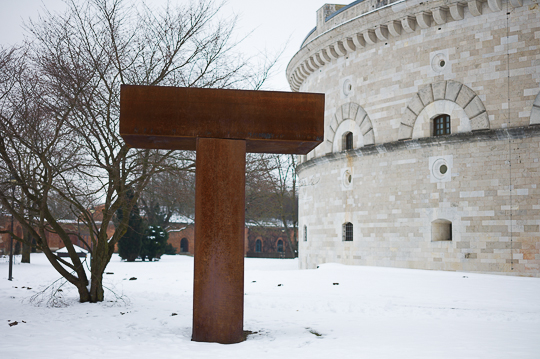

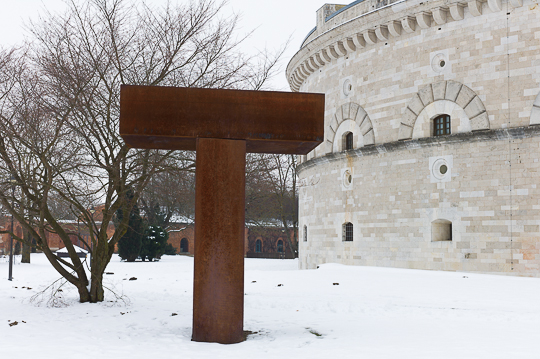
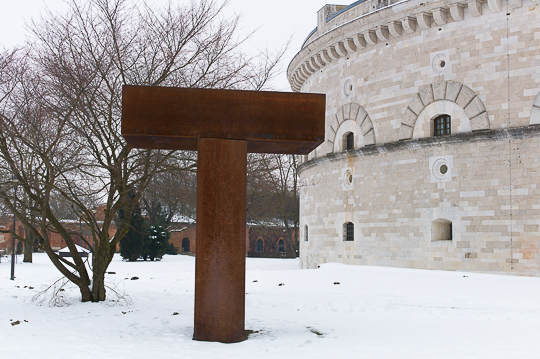

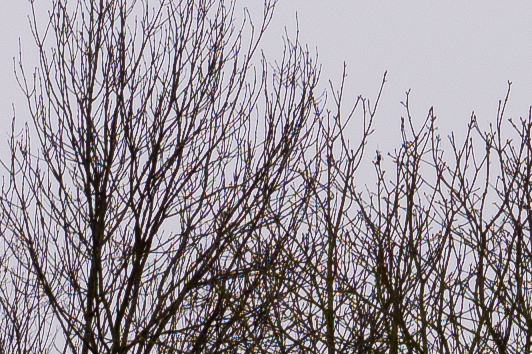
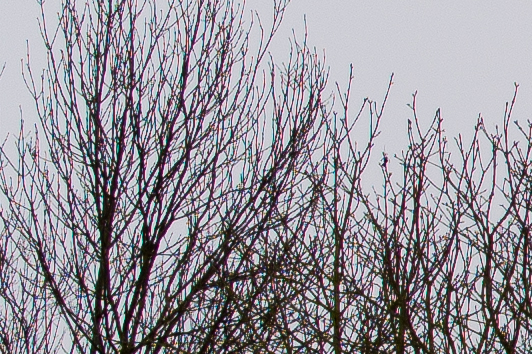

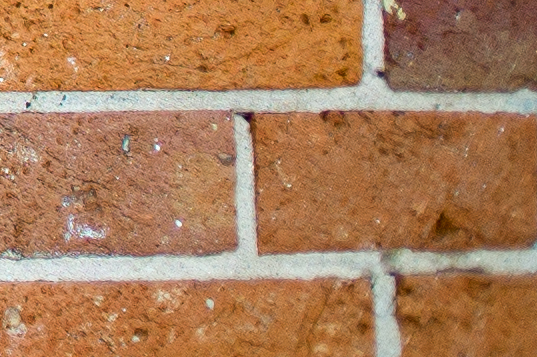
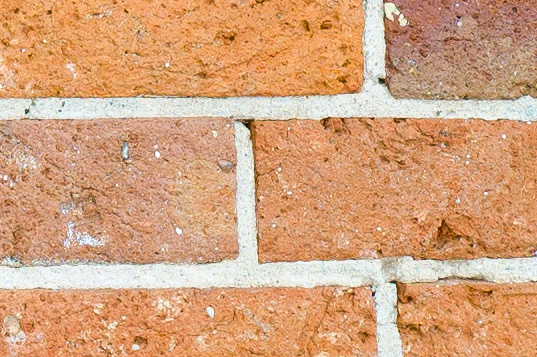
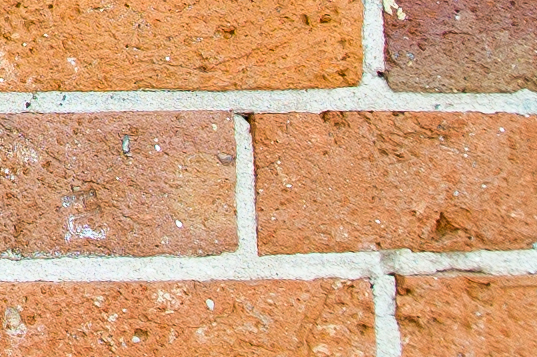
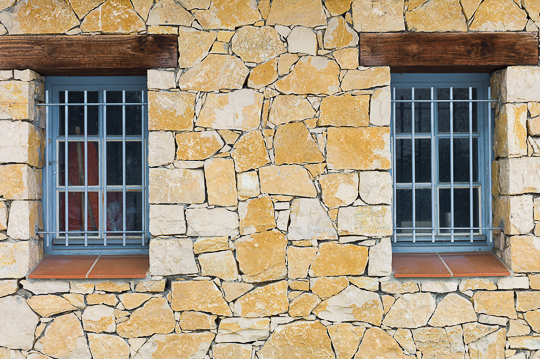
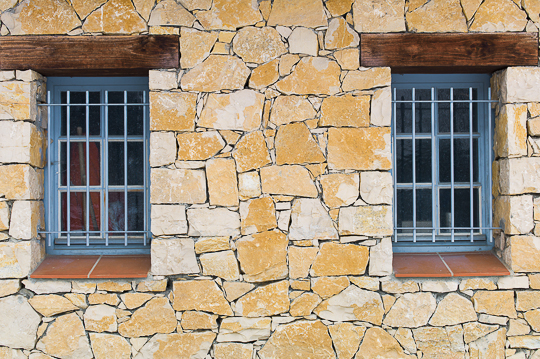
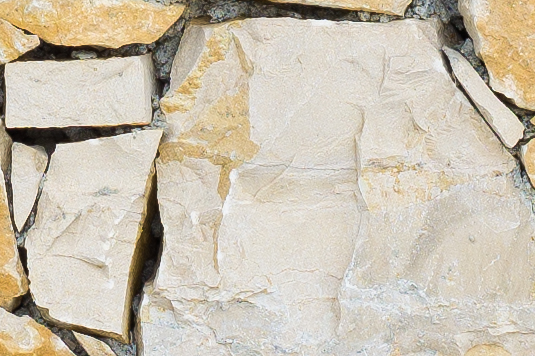

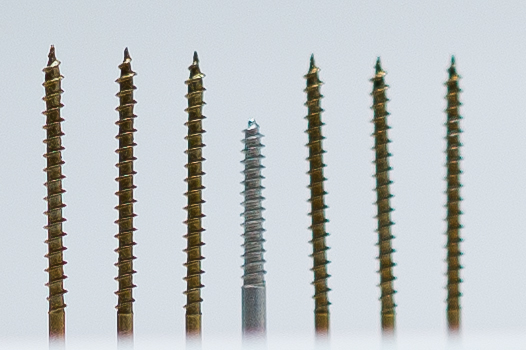
I find the test interesting and I am curious how would these lenses compare to the ZM Planar 50mm. I am eying the AA, but the lower contrast of low frequencies is a deterrent. I am crazy about Zeiss contrast and pop and like the Zeissy Leica lenses more than “real Leica” ones.
Rudolf
I’ve tested two different ZM Planars on my M9. Both lenses showed a significant front- or backfocus at certain distances. Leica won’t touch Zeiss lenses and Zeiss won’t do specific adjustments to a M9 free of charge. I therefore returned both Planar. Since LV focusing is not possible with the M9 nearly all my test images with the Planar were misfocused. Therfore I’m not able to judge the real potential of the ZM Planar. But due to the focus problems I would not recommend the ZM Planar for digital Leica M cameras (althoug I’m normally a big Zeiss fan and like the rendering of their lenses).
Boris
Many times high resolution and contrast cannot be attained at the same time. The designs of the 1966 and 1976 Noctilux lenses were optimized for high contrast at full aperture, with resolution lowered as a result. In terms of high resolution, Leitz produced 50 mm f:2 (enlarging) and 75 mm f:2 (R mount with quartz/CaF2 elements) ELCAN apochromats. Both are ordinary in terms of contrast performance. The 50 mm ELCAN enlarging lens is a Gauss design with a meniscus in the middle, typical of Dr. Mandler’s designs such as the original 35 mm Summilux. The 50 mm Apo-Summicron-M is also of a similar design.
Thanks for a very informative comparison. I have Summilux 50 and noctilux 50 and they are so different from one another that I keep them both. Noctilux cost a bit more than the 50AA, and will give you rendering like no other lens. I won’t be lusting over the new 50AA after this comparison. I’m keeping the Lux.
Thanks for the new set of test pictures.
Did you refocus the brick wall pictures? The Summilux at f/2 is unsharp at least at the right side.
Is it possible to test the AA-lens with the Ricoh-M (or a Nex) to overcome the front focus?
Jan
I repeated every test at least two times with refocus in between. The sample images (and the conclusions) are always based on the sharpest images. But it is very difficult to achieve 100% perfect focus with the rangefinder system.
Regarding testing the 50AA on a mirrorless lifeview camera: I don’t have such camera at the moment. I sold my Nex 5 and the new M has not yet arrived.
Boris
You agree, that the picture is unsharp?
OK, thanks for your reply.
Do you think, that the rangefinder is on his end?
Summicrons are sold still. Not to speak of the Noctilux.
Jan
No, the Summilux images were all focused correctly, but I had some focus-problems with the AA.
And yes the rangefinder is with certain lenses on his end and we really need lifeview. I had to send my Summilux three times to Leica to get it perfectly calibrated to my M9. It is possible, but it is very time consuming and frustrating.
Boris
Very interesting, thanks. The APO really is noticably ‘sharper’ than the lux; while no one has ever really claimed the lux as one of Leica’s sharpest lenses, the results are still pretty amazing. In the end they both out resolve any current 35mm sensor, so I’d always take an extra stop of speed for less money without much of a difference when it comes to real world shooting.
Alex,
If you can see the difference in sharpness, then at least one of the lenses definitely doesn’t out-resolve the sensor. If a lens resolves at the Nyquist frequency then you no longer see any difference from improved sharpness.